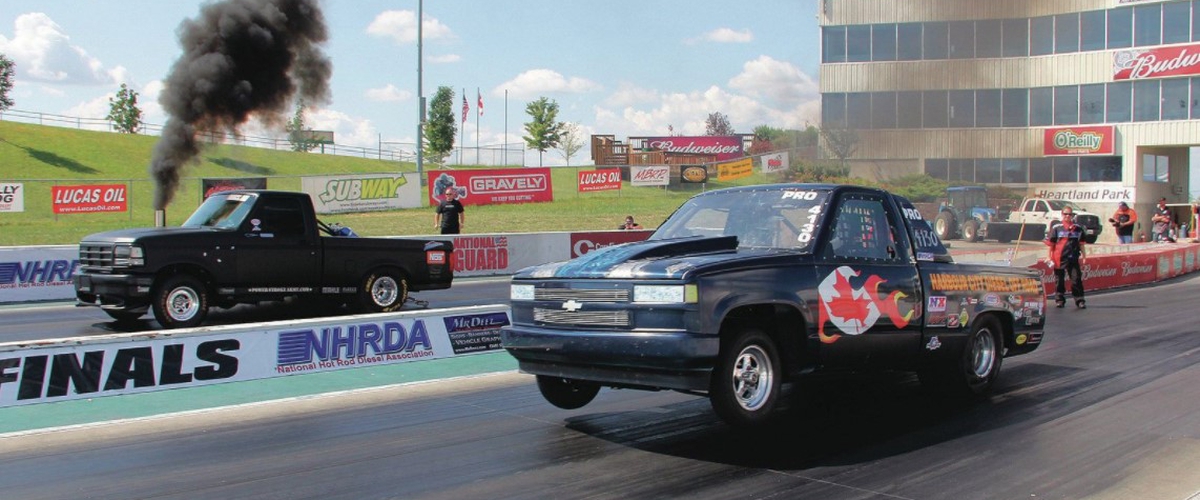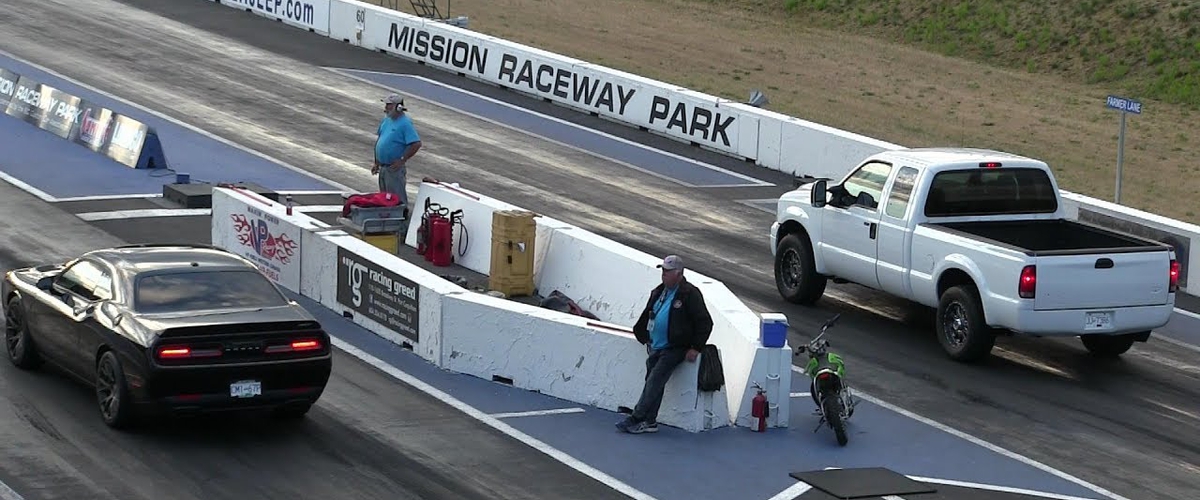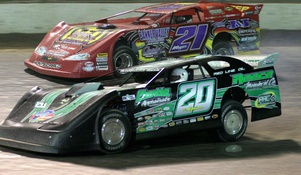How to Drag Race Your Truck

When you think of the term “drag race,” you probably think of small but powerful little cars that are low to the ground and designed for the quarter-mile. While you’re not wrong, they aren’t the only cars that can drag race. A truck is designed to have the power to haul heavy cargo, so without the extra weight, it can definitely hold its own on the strip.
Here are a few tricks for you to remember if you’re interested in the drag racing aspect of truck racing.
Keeping It Clean
Before you ever make it onto the track, you'll find yourself under inspection by a track official. This is assuming you’re racing at an actual track — if you’re off-roading, this is still good advice. They’ll be on the lookout for possible hazards that could put you or the other racers in danger — things like cracked windshields or nails in your tires.
Other things the inspectors might look for include:
· Batteries — If your battery is loose or your hold-downs have been damaged, they might send you packing.
· Leaks — If you’re leaking oil, power steering or other fluids, you won’t be heading for the starting line.
· Debris — Clean out your bed! At high speeds, gravel or rocks in the bed of your truck can fly out. This creates a hazard for other drivers and for spectators.
· Gear — Trying to drag race in flip-flops and a tank top is a recipe for disaster. If an inspector determines your gear isn’t appropriate, you’ll be heading home.
Okay! Now that we’ve got that out of the way, let’s move on to the fun stuff: engine and suspension.

All About Those Springs
Truck suspension is designed for hauling, so your rear springs are almost always stronger than the front ones. When you’re looking at setting up your truck for drag instead of hauling, you need to re-tune your suspension to help you launch straight down the track while transferring the weight to the rear tires.
The way you tune your suspension will depend on a lot of things, including your truck’s weight, engine power, wheel base and a variety of other variables. Basically, what you’re aiming for is a truck that launches straight without taking the front tires too far off the ground.
A wheelie might look cool, but it’s costing you power that could be used to move your truck down the track.
Power From a Diesel
Diesel engines are all about slow power, so to get your truck moving fast, it’s going to take some changes. Because of the lack of a sparkplug — and consequently the lack of detonation risk — these engines are ideal for the use of massive turbochargers.
But that’s not the only thing you can do to get the power out of your engine and onto the track:
· Cam and cylinder head improvements — They might seem pointless in a diesel, but they can shave seconds off your time and increase your maximum RPM, which is where all that speed comes from in a diesel engine.
· Machine it up — The goal here is for more torque and less weight. Normally, your diesel engines have a 2:1 torque to horsepower ratio. Gas, on the other hand, has a 1:1 ratio. By dropping the weight and aiming for a 1.5:1 ratio for diesel drag engines.
Drag racing a truck takes more than just driving your big diesel onto the track, but once you’re ready to race, there’s nothing quite like that rush! Get ready to rev it up and take off down that track!

